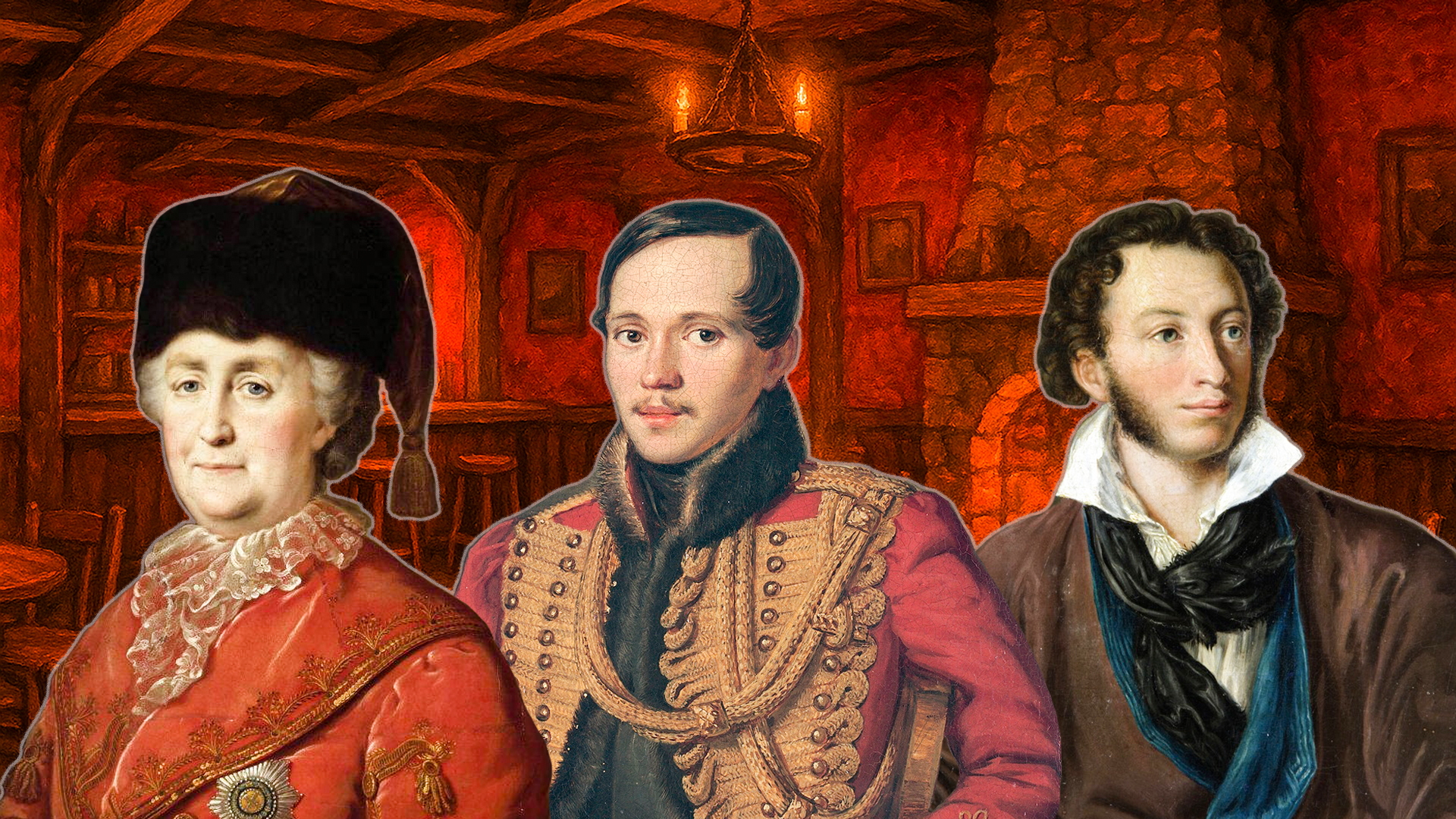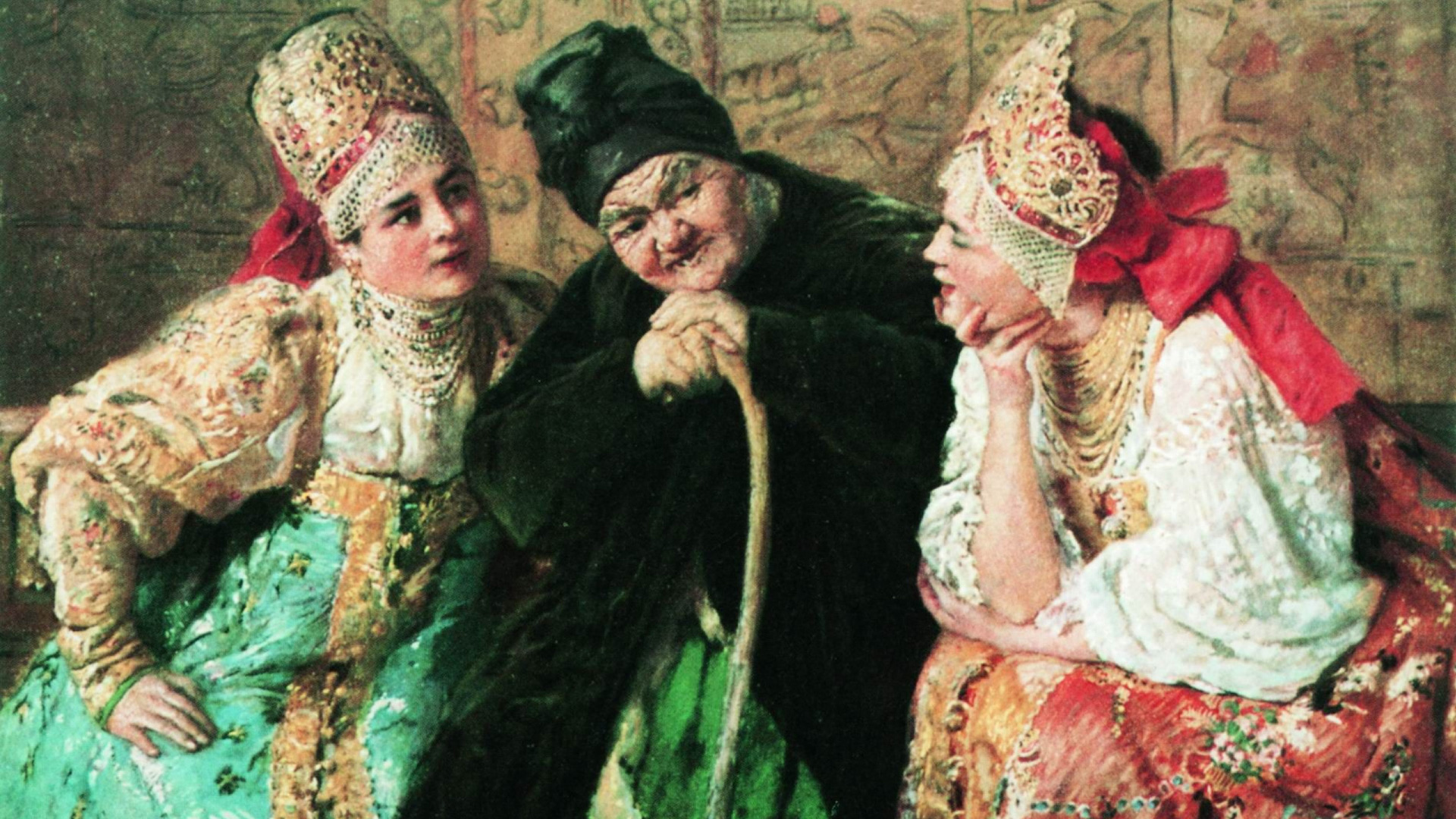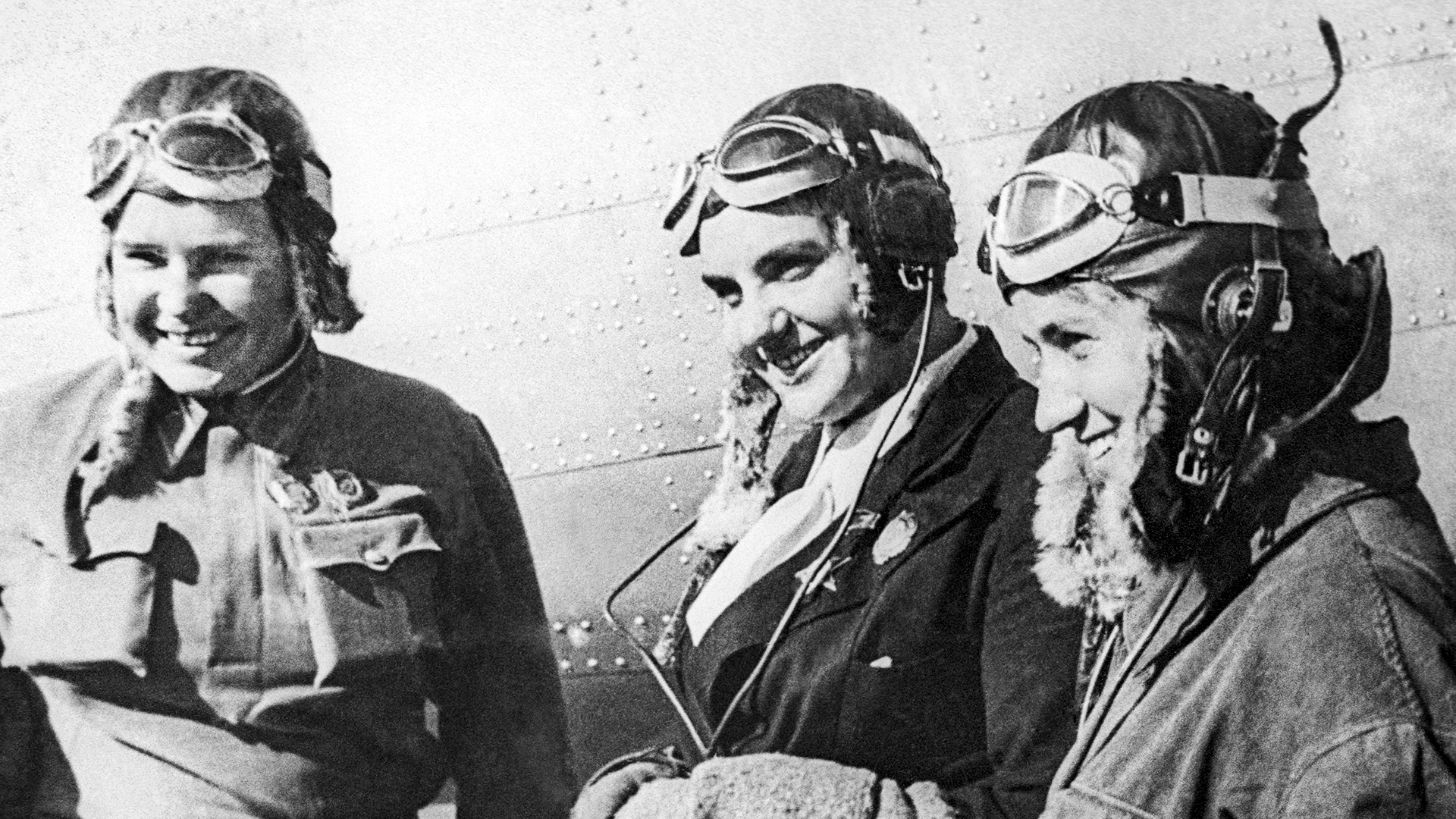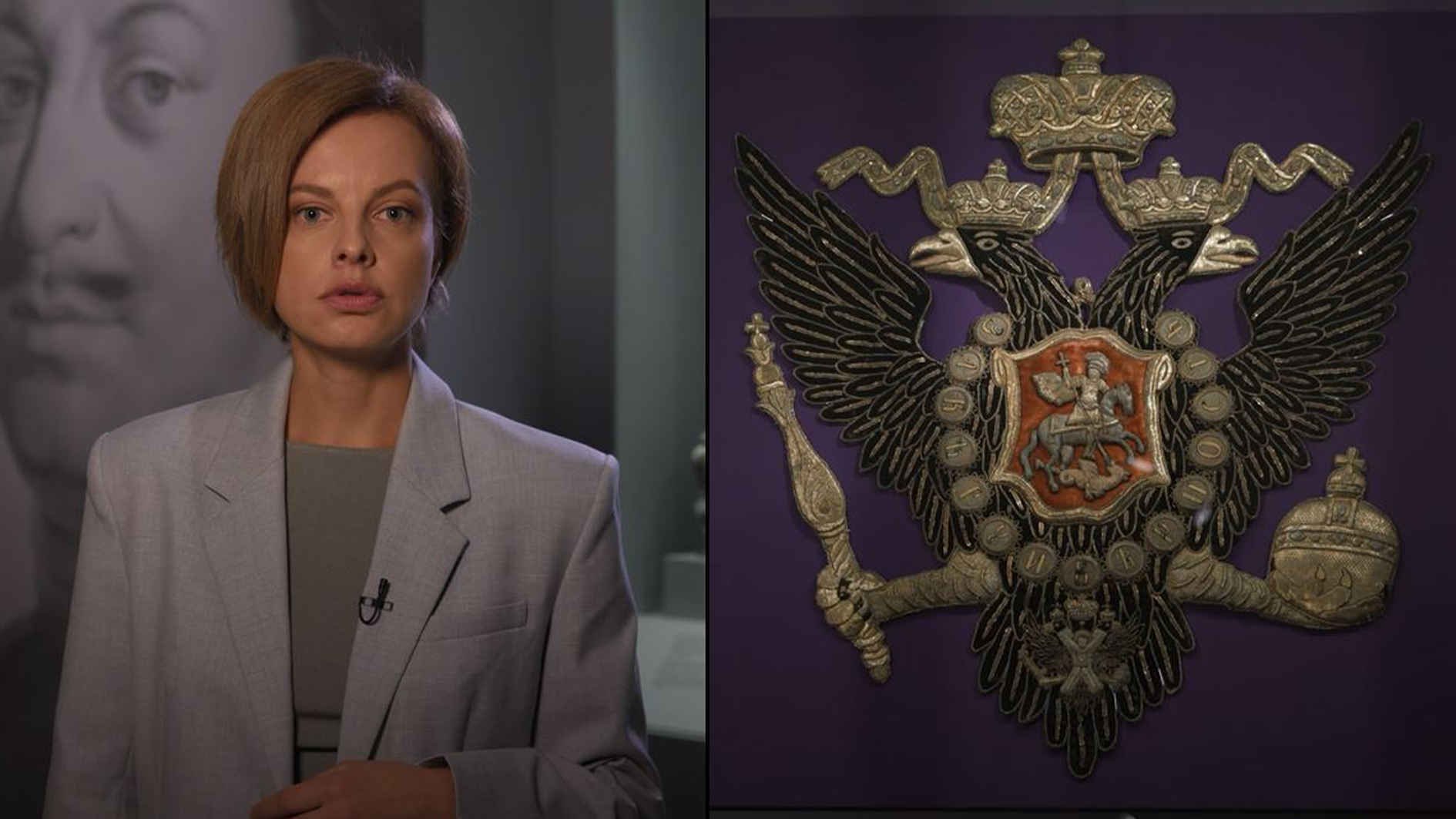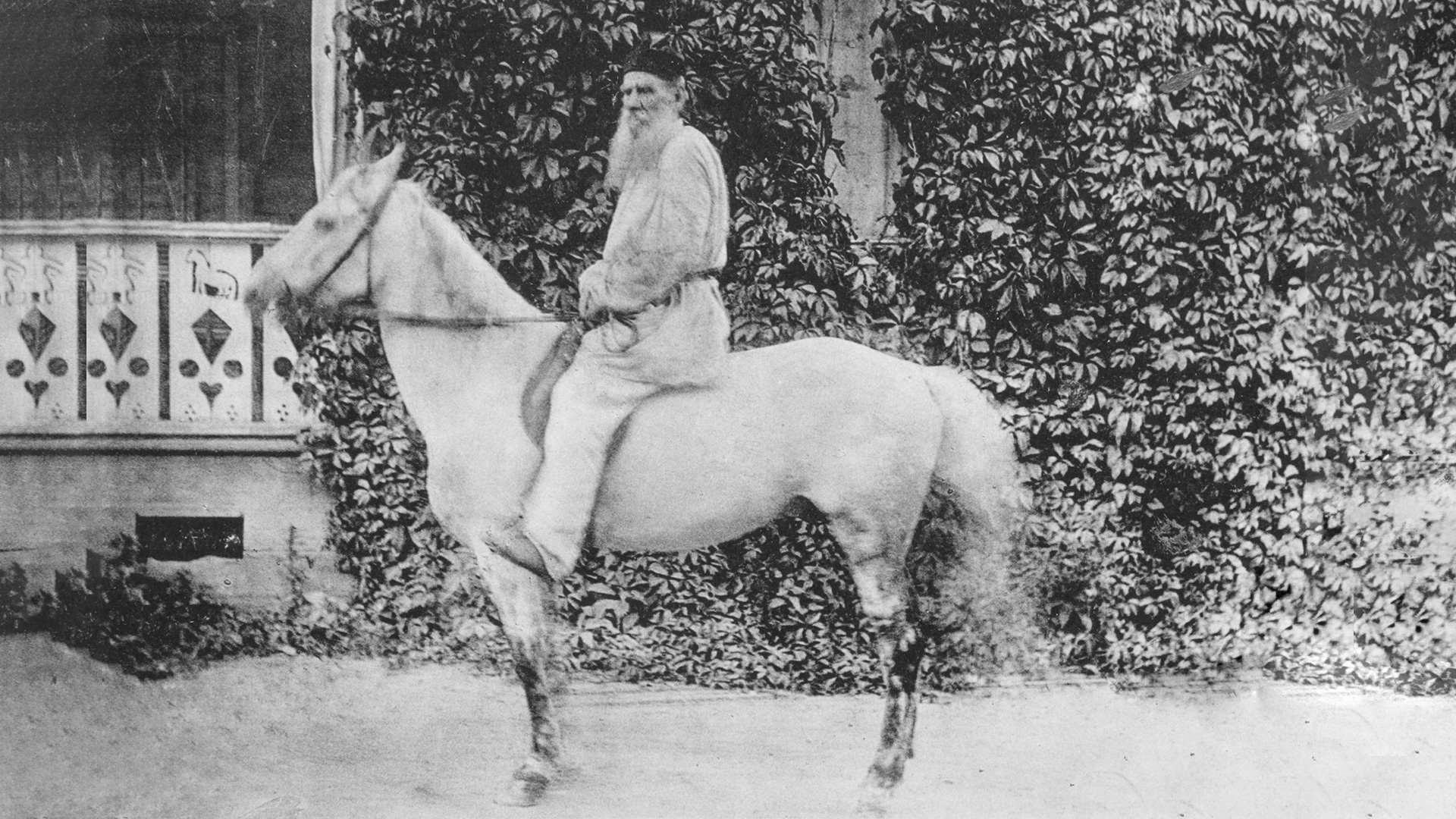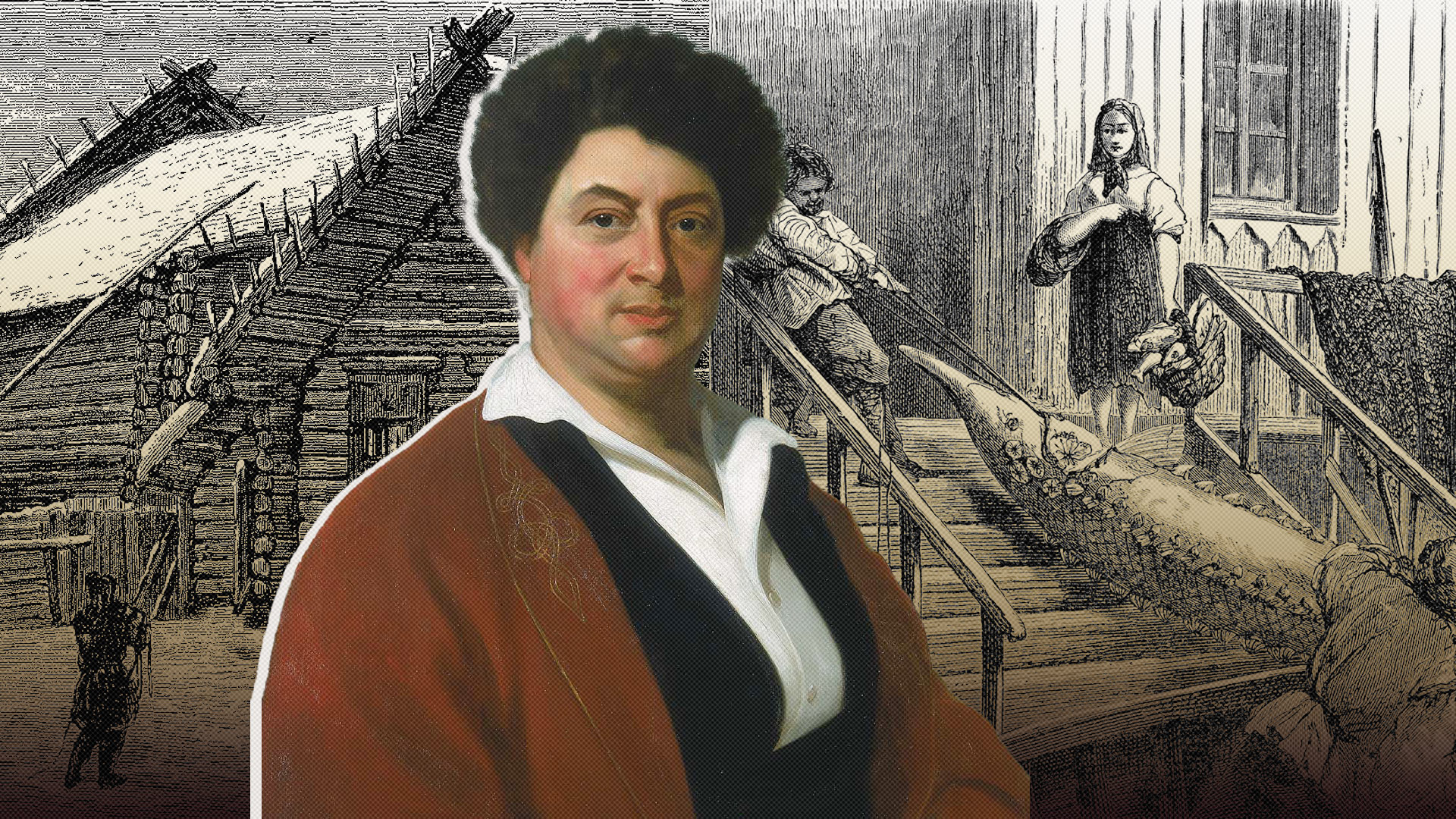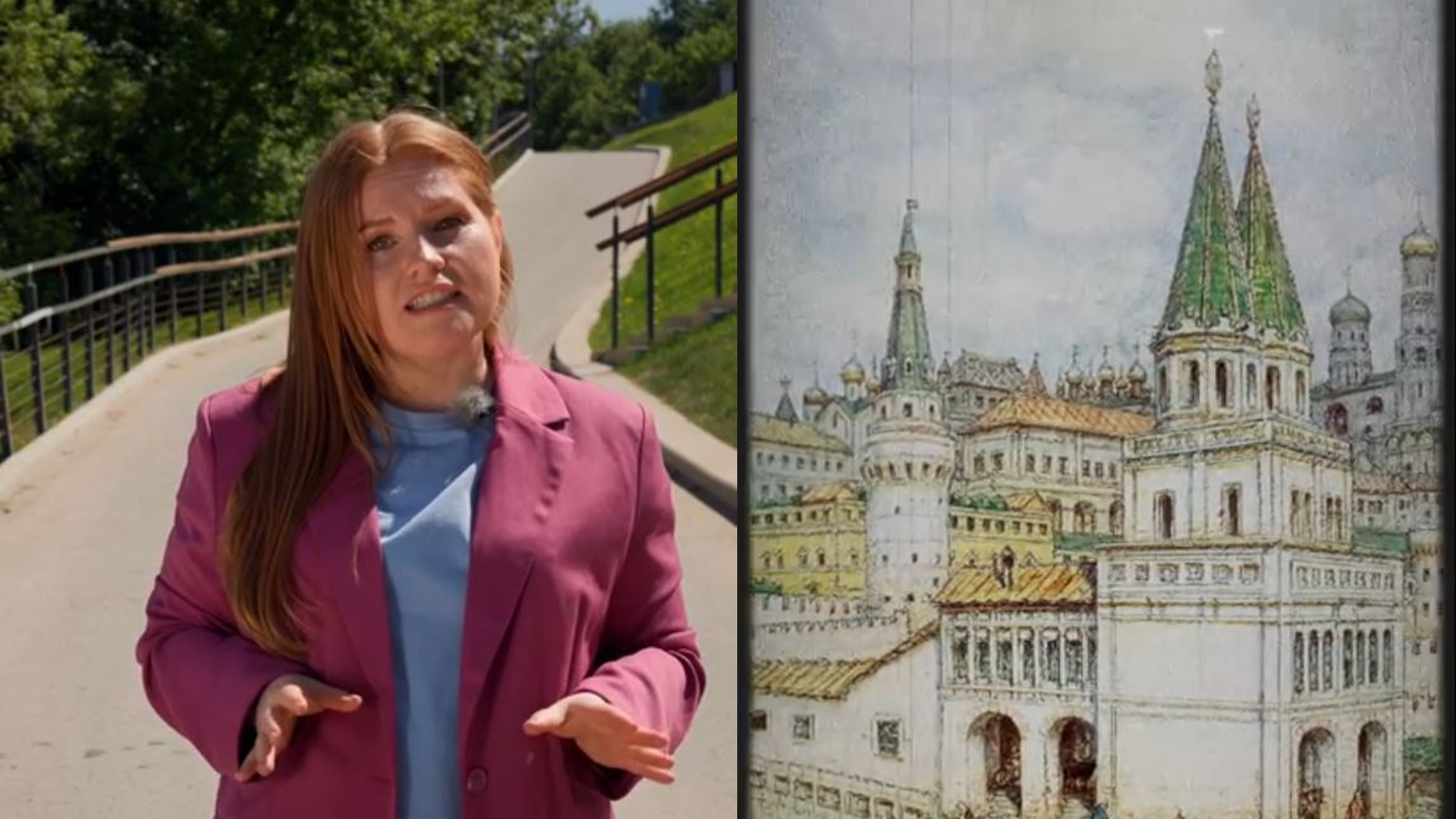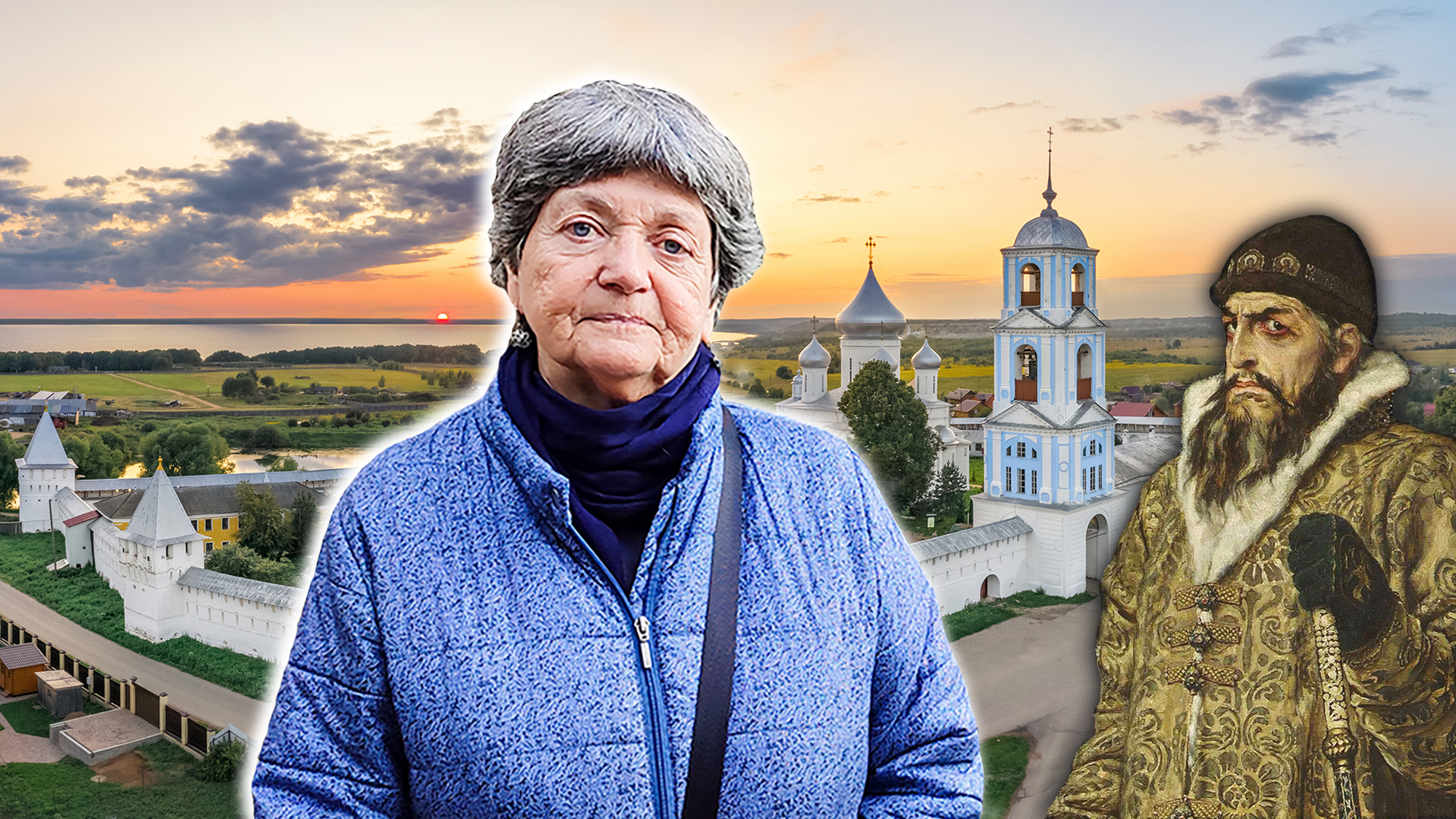
On this day, the first Russian circumnavigation began
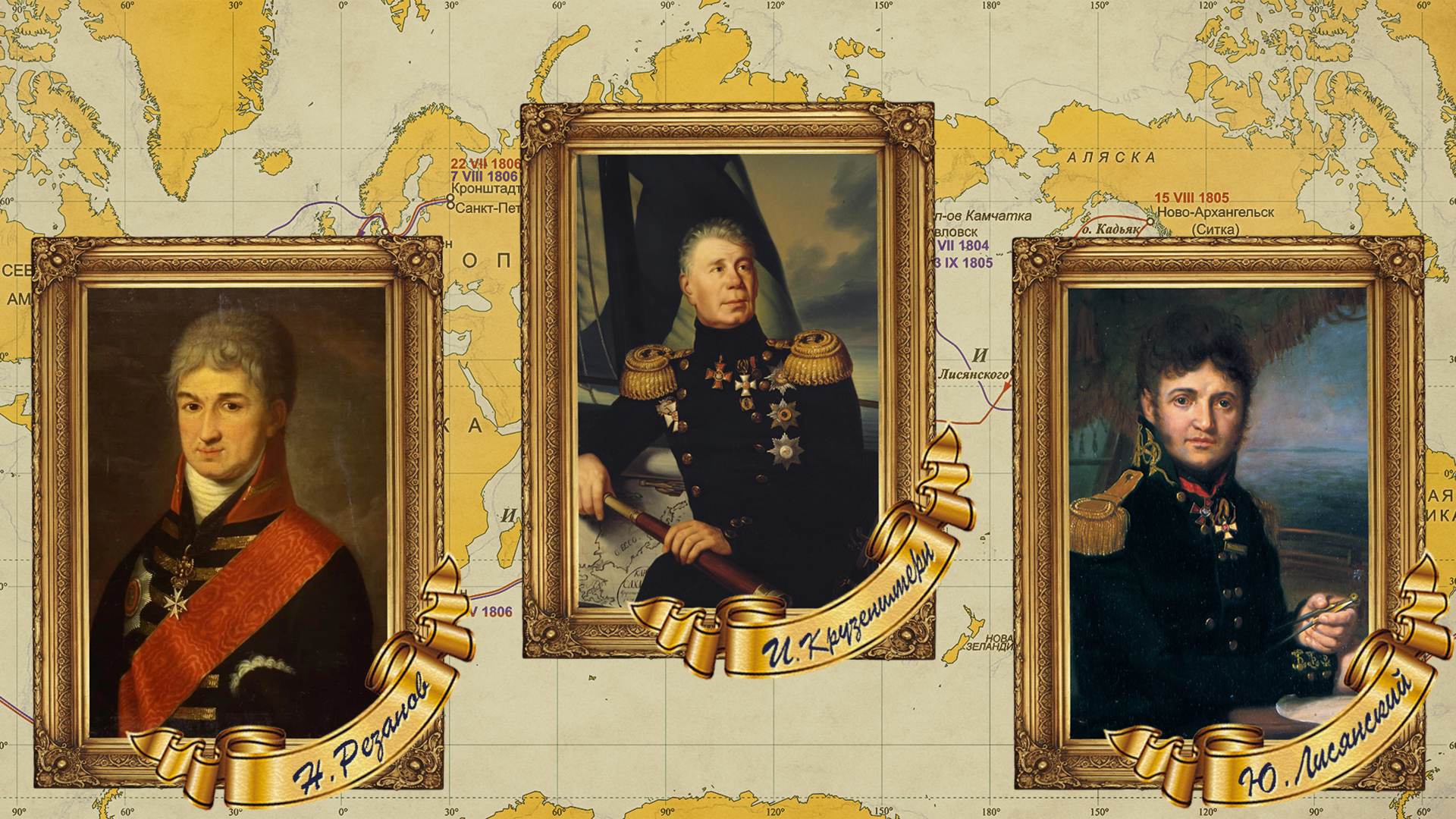
The ships ‘Nadezhda’ under the command of Kruzenshtern and ‘Neva’ under the command of Lisyansky left Kronstadt, then went via London, the Canaries and across the equator to Brazil. Then they went to the islands in the Pacific Ocean, where the travelers exchanged iron for provisions.
In the Marquesas Islands, the explorers were so amazed by the locals' ability to tattoo that, not only did the sailors decorate their skin with patterns, but Kruzenshtern himself tattooed his wife's name on his arm, while Count Fyodor Tolstoy (after the expedition, he would adopt the nickname ‘Amerikanets’ aka ‘American’) began to collect tattoos on his own body.
From there, the ships headed to Japan, then to Kamchatka, to China and back to Kronstadt. In total, the ships were on the move for three years: the ‘Nadezhda’ took two weeks longer than the Neva, because Lisyansky decided to change course and arrive home earlier.
During the expedition, geographical maps were refined and many "white" and "gray" spots were eliminated; the Intertradewind Countercurrents in the Atlantic and Pacific Oceans were discovered; water temperature measurements were taken at depths of up to 400 m; the causes of the sea glow were discovered; and exhibits were collected for the Kunstkamera.
Although not all of the expedition's objectives were achieved (for example, it was not possible to establish diplomatic and trade relations with Japan), the first Russian circumnavigation of the globe became an important milestone in the scientific, political and economic development of Russia.


